We caught up with the brilliant and insightful Sarah Strunk a few weeks ago and have shared our conversation below.
Sarah, thanks for joining us, excited to have you contributing your stories and insights. Learning the craft is often a unique journey from every creative – we’d love to hear about your journey and if knowing what you know now, you would have done anything differently to speed up the learning process.
As far back as I can remember, I have always been creating art. I am mostly self taught having take art classes in school, but didn’t continue them in high school. I continued practicing my art by myself until I entered into a Fashion Design program where I learned how to polish my craft. Partly I do regret not continuing my education in high school or joining the art club which I feel could have added to the speed of the learning process as well as honing skills basic to art: perspective, layout, color choices. The biggest obstacle in my way is always personal. My ego wouldn’t allow me to listen to constructive criticism thinking I knew everything already. Thinking that I could learn all on my own. And my insecurities that told me I’d never be as good as some other artists.
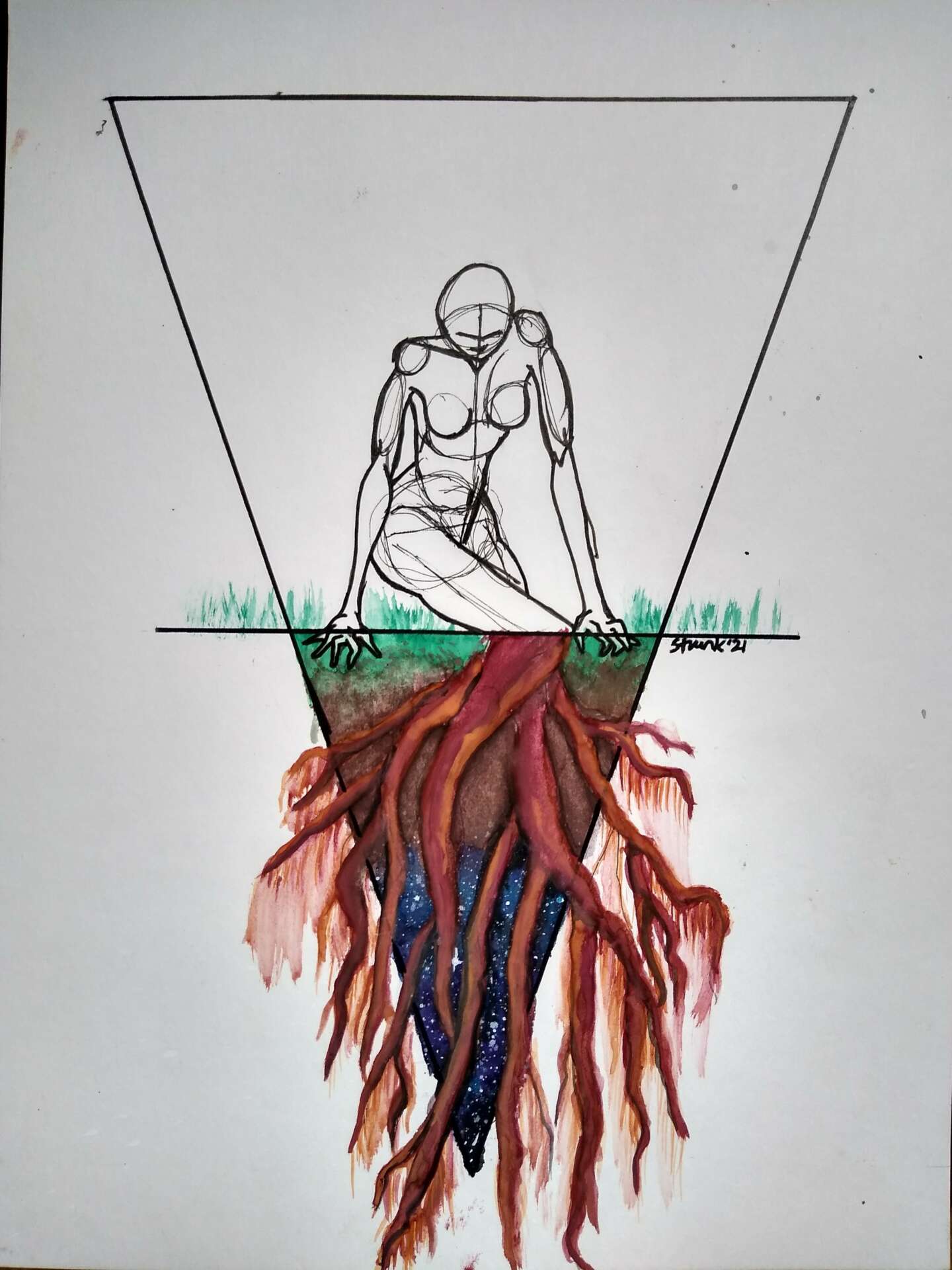
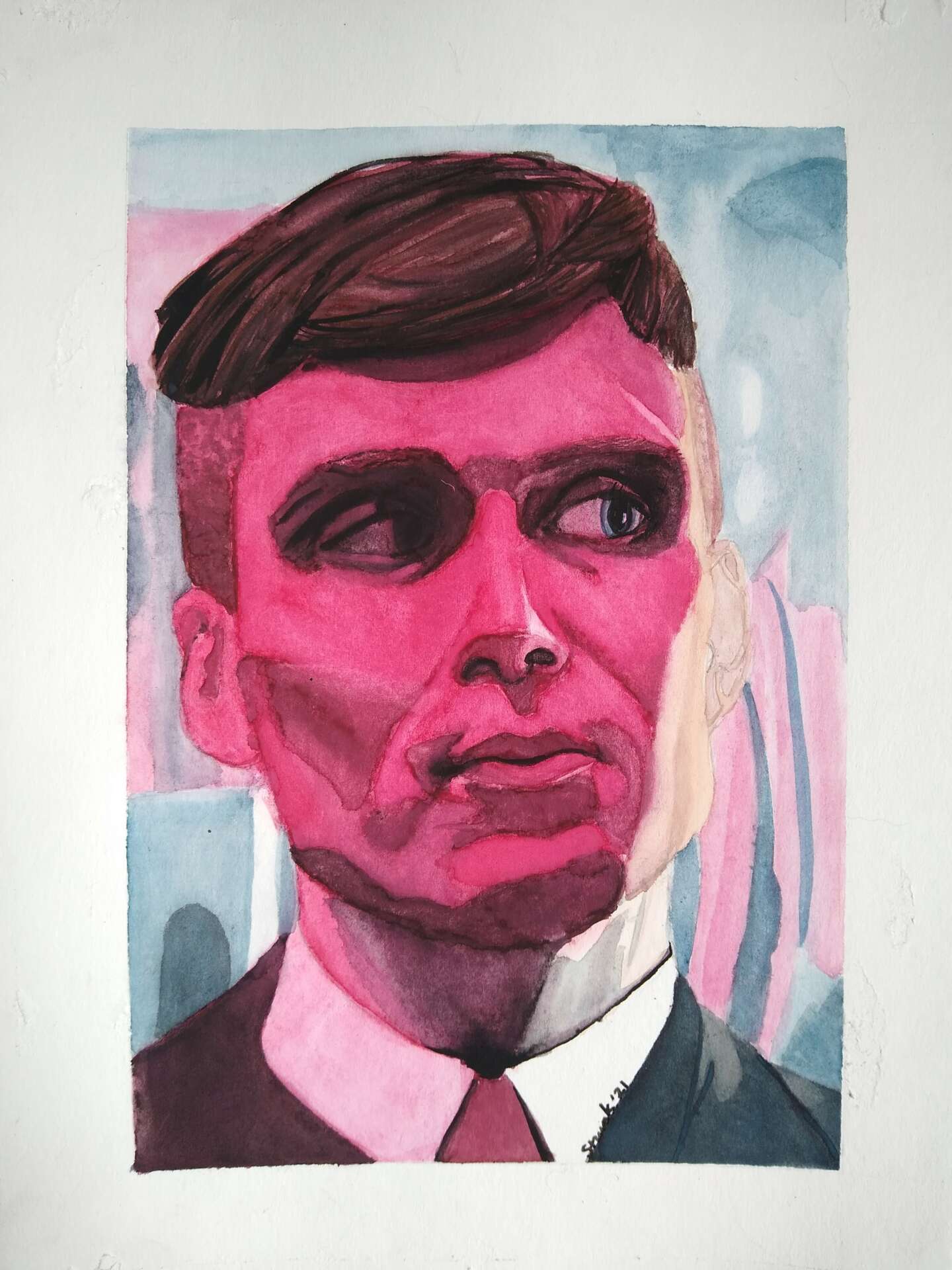

Sarah, love having you share your insights with us. Before we ask you more questions, maybe you can take a moment to introduce yourself to our readers who might have missed our earlier conversations?
I grew up in a career military family where I moved every 3 to 5 years. I created art the whole time to cope with this unique upbringing. It wasn’t until after a major surgery in 2018 that I really started putting my paintings on social media and people were actually liking it. I was starting to create paintings that expressed my experience instead of what I thought would make me popular or what was popular. I feel what sets me apart from others is that I like to take risks and push my boundaries an artist. Where most artists will stay on one medium their entire career, I will switch mediums if it suits an image more. I value the skills I’ve learned elsewhere like designing clothes and jewelry making which allow me to view art in a completely different way. I am proud of my ability to understand to what my client wants and creating a unique work, because of the way I view the world.
Let’s talk about resilience next – do you have a story you can share with us?
When I was learning about anatomy and figure drawing and the class got to the muscle structure part of the course, I was getting very frustrated and doubting my ability to accurately render this muscle. My professor was firm but fair and ultimately I was trying desperately to get an A on any assignment which he handed out very seldomly. He pulls me away from my desk across the room, to which I thought he was going to point out someone else’s work as an example for me to do better on mine. Instead he told me to turn around and look at my rendering from there. I had done it, and done it well. Sometimes we’re looking too closely at something and it’s a great skill to take a few steps back and look at it from a different perspective.
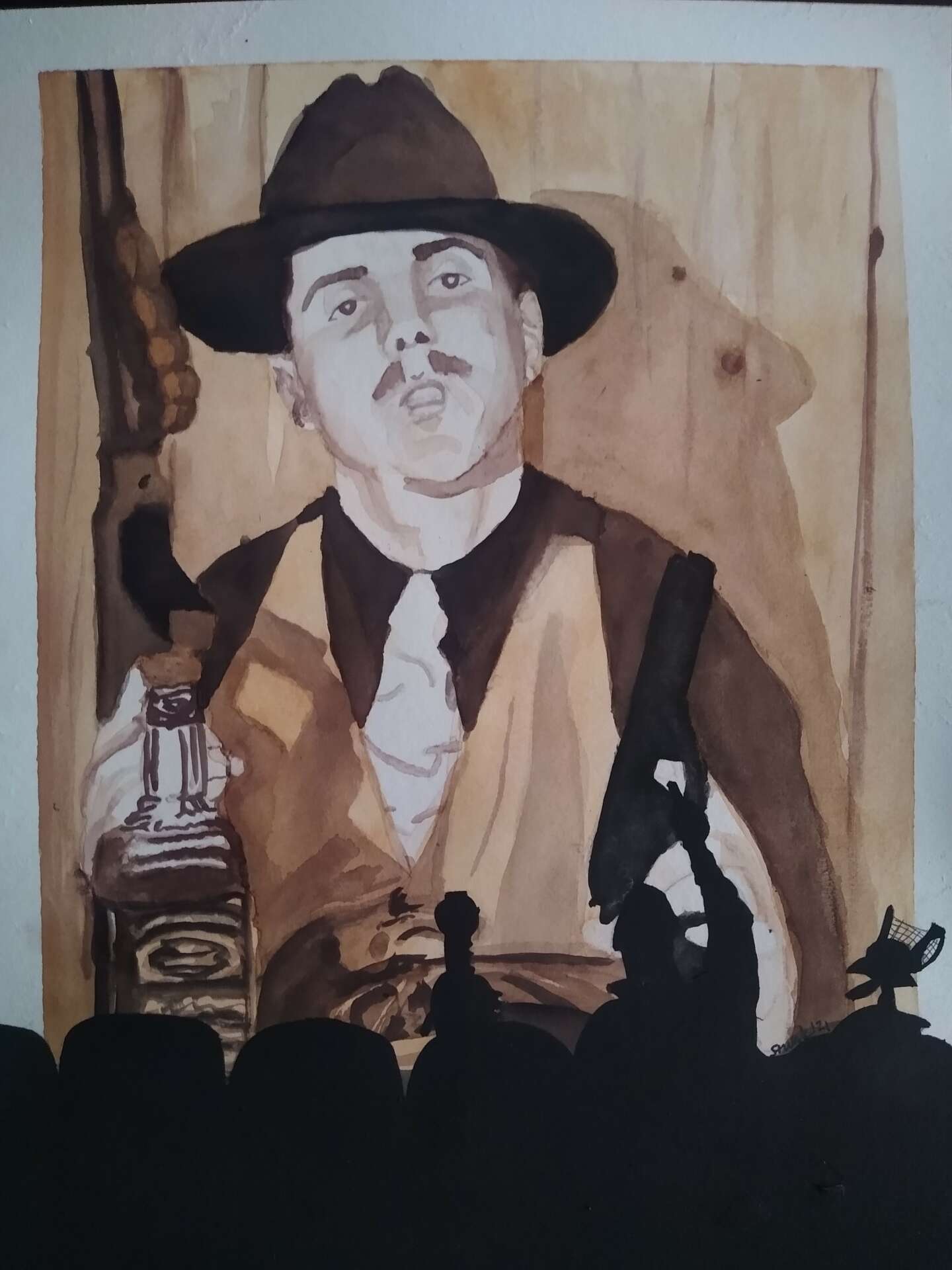
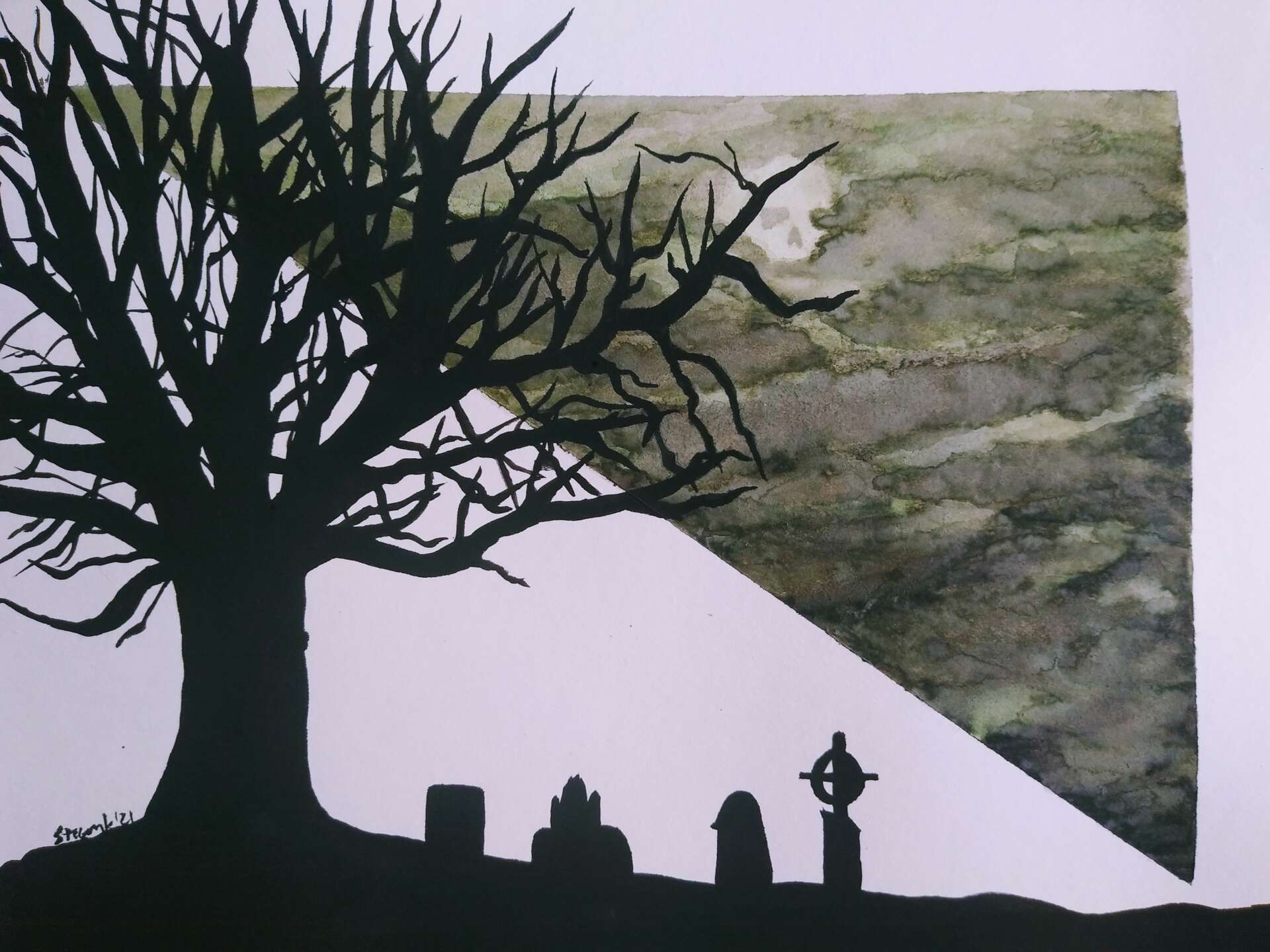
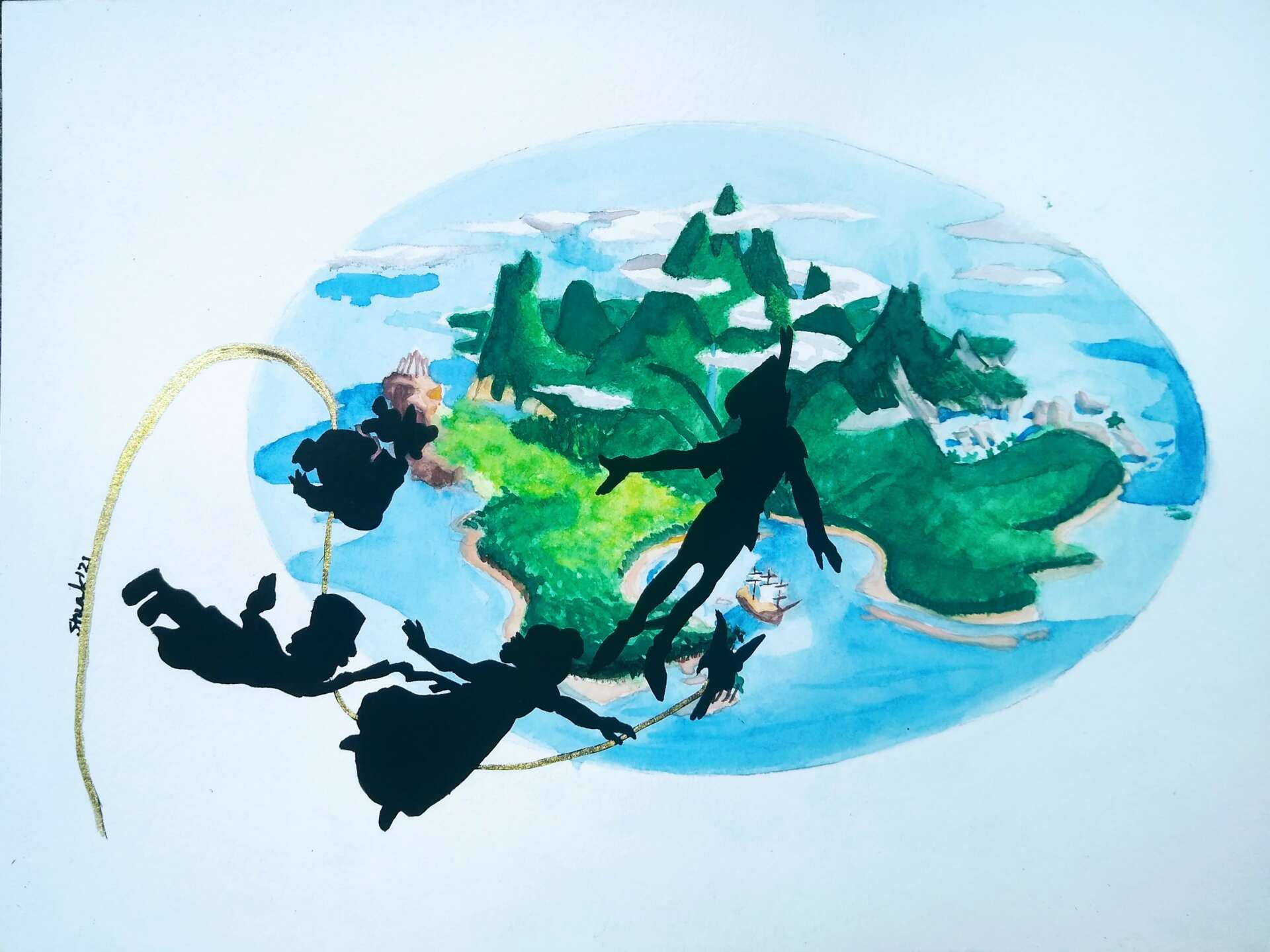
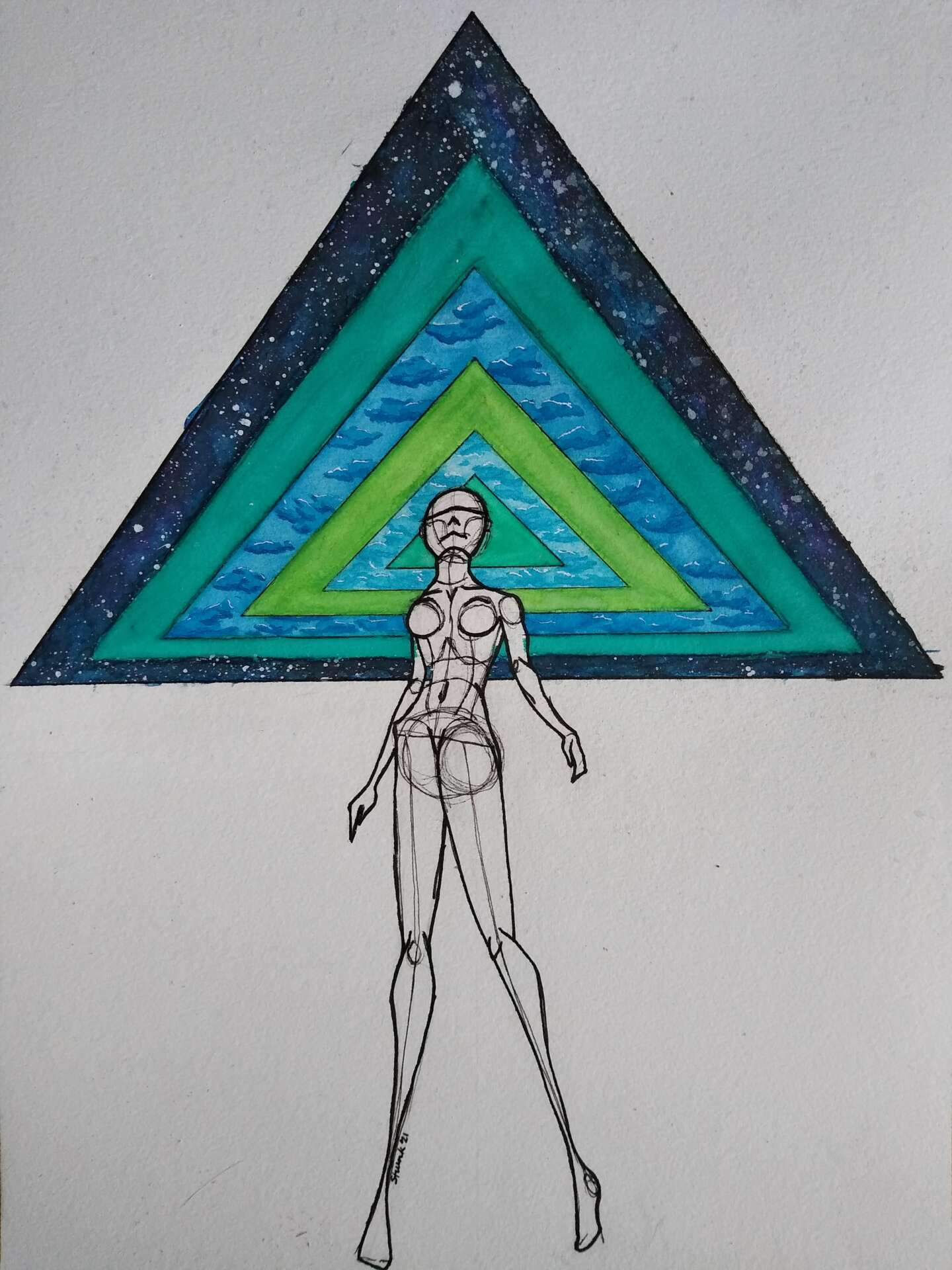
How did you build your audience on social media?
Social media is a great tool when used correctly. I built my following by posting my work and only my work and how I created it. I like to think it’s my work that built my social media. Business accounts should be hyper focused on what you create and nothing else. I never say anything on my business account that expresses my personal opinions because that’s not what I’m selling. As a business, my art is my only focus. Post anything and everything dealing with your craft. Post what you want to post and not what you think others will like. Create a consistent list of hashtags and use them for all you work. Be yourself, and do it for yourself because people can tell when something isn’t genuine.
Contact Info:
- Instagram: @sarahnicholart
- Linkedin: 1628713630017.bin https://www.linkedin.com/mwlite/in/sarah-nichol-strunk-836b4774
- Other: https://www.deviantart.com/sarahnichol


